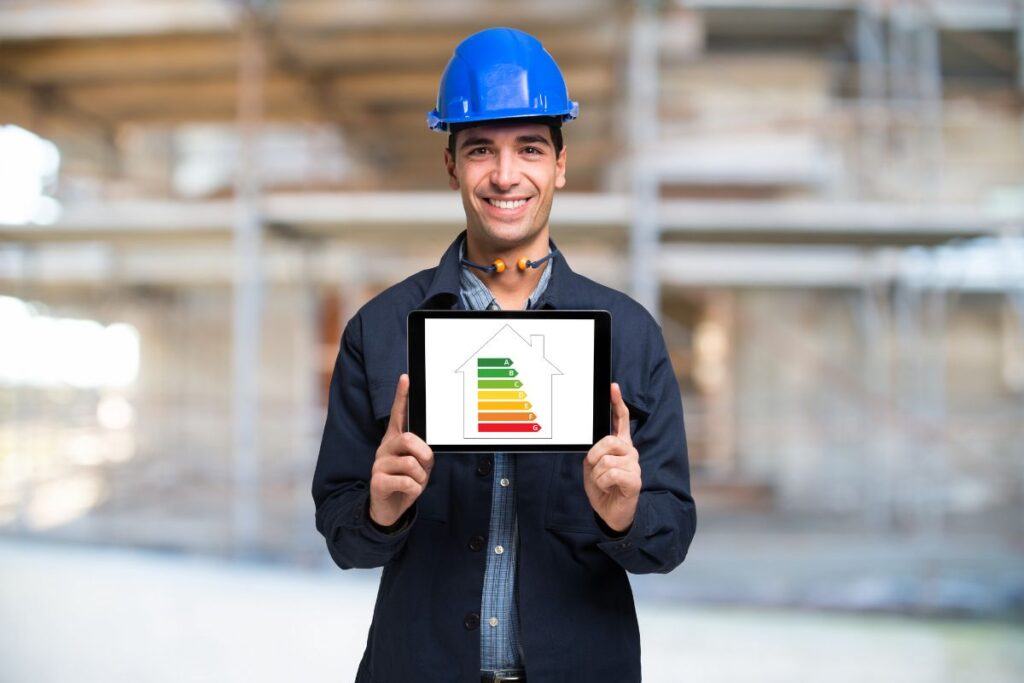
In a world where environmental concerns are more pressing than ever, the construction industry plays a significant role in shaping a sustainable future. One of the key areas of focus is energy-efficient construction practices. These practices reduce the carbon footprint associated with buildings, leading to long-term cost savings and improved comfort for occupants. Jason Harvey delves into the importance of energy-efficient construction and explores innovative practices shaping how we build for the future.
Why Energy-Efficient Construction Matters
Energy-efficient construction practices are essential for several compelling reasons. First and foremost, buildings are responsible for significant global energy consumption and greenhouse gas emissions. By adopting energy-efficient practices, we can significantly reduce these negative environmental impacts.
Moreover, energy-efficient buildings offer numerous benefits to occupants and owners alike. These buildings are more comfortable, with consistent temperatures and better indoor air quality. Additionally, they often result in lower utility bills due to reduced energy consumption. This cost-saving potential makes energy-efficient construction attractive for residential and commercial properties.
Innovative Energy-Efficient Practices
As we delve deeper into energy-efficient construction, let’s explore some groundbreaking practices revolutionizing the industry. These innovative methods not only aim to minimize energy consumption but also strive to integrate sustainability into every facet of the construction process. From utilizing cutting-edge materials to incorporating renewable energy sources, these practices are setting new standards in the field of energy-efficient construction.
Passive Solar Design
Passive solar design is a concept that harnesses the sun’s energy for heating and cooling purposes. By strategically positioning windows, thermal mass, and insulation, buildings can naturally capture and distribute heat, reducing the need for mechanical heating systems. This approach minimizes energy consumption and creates a more comfortable living or working environment.
High-Quality Insulation
Proper insulation is a cornerstone of energy-efficient construction. Advances in insulation materials and techniques, such as spray foam and insulated concrete forms, provide superior thermal resistance, keeping buildings warmer in winter and cooler in summer. Effective insulation prevents energy loss through walls, roofs, and floors, reducing the need for constant heating or cooling.
Cool Roofing
Cool roofing materials reflect more sunlight and absorb less heat than traditional ones. This reduces the “urban heat island” effect, where cities become significantly warmer due to heat-absorbing surfaces. By using cool roofing, buildings require less air conditioning to maintain comfortable indoor temperatures.
Energy-Efficient Windows And Doors
Windows and doors are often weak points in a building’s thermal envelope. Energy-efficient windows and doors incorporate advanced glazing technologies and weather sealing to minimize heat transfer. Double or triple-pane windows filled with insulating gases significantly improve a building’s energy performance.
Smart HVAC Systems
Heating, ventilation, and air conditioning (HVAC) systems are major energy consumers in buildings. Smart HVAC systems use sensors and automation to optimize energy usage based on occupancy and external weather conditions. This leads to reduced energy waste while maintaining comfort levels.
Renewable Energy Integration
Incorporating renewable energy sources like solar panels and wind turbines into building designs can offset a significant portion of energy demand. These sources generate clean energy on-site. They reduce reliance on fossil fuels and lower greenhouse gas emissions.
Building Orientation And Shading
The orientation of a building and its shading elements can greatly impact its energy efficiency. Properly orienting a building to maximize natural light and minimize direct sun exposure can reduce the need for artificial lighting and cooling. External shading devices, like louvers or overhangs, can further prevent excess heat gain.
The Road Ahead: A Sustainable Future
As the construction industry evolves, energy-efficient practices are becoming standard rather than exceptional. Governments and organizations worldwide recognize the importance of sustainable construction. They are implementing regulations and incentives to encourage these practices.
However, building the future requires collaboration between architects, engineers, builders, and occupants. Awareness and education about energy-efficient construction should be a priority. Homeowners and businesses can contribute by making informed choices, such as selecting energy-efficient appliances and adopting sustainable behaviors.
Final Thoughts
Energy-efficient construction practices are not only about reducing energy bills; they are about creating a better world for current and future generations. We can construct an environmentally responsible and economically viable future by embracing innovative techniques that harness natural resources, improve building envelopes, and integrate renewable energy. It’s time to build smarter, more efficiently, and pave the way for a sustainable future.
